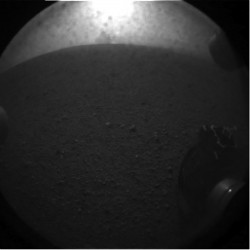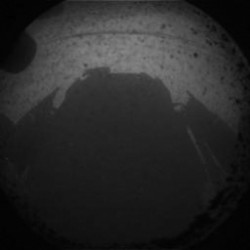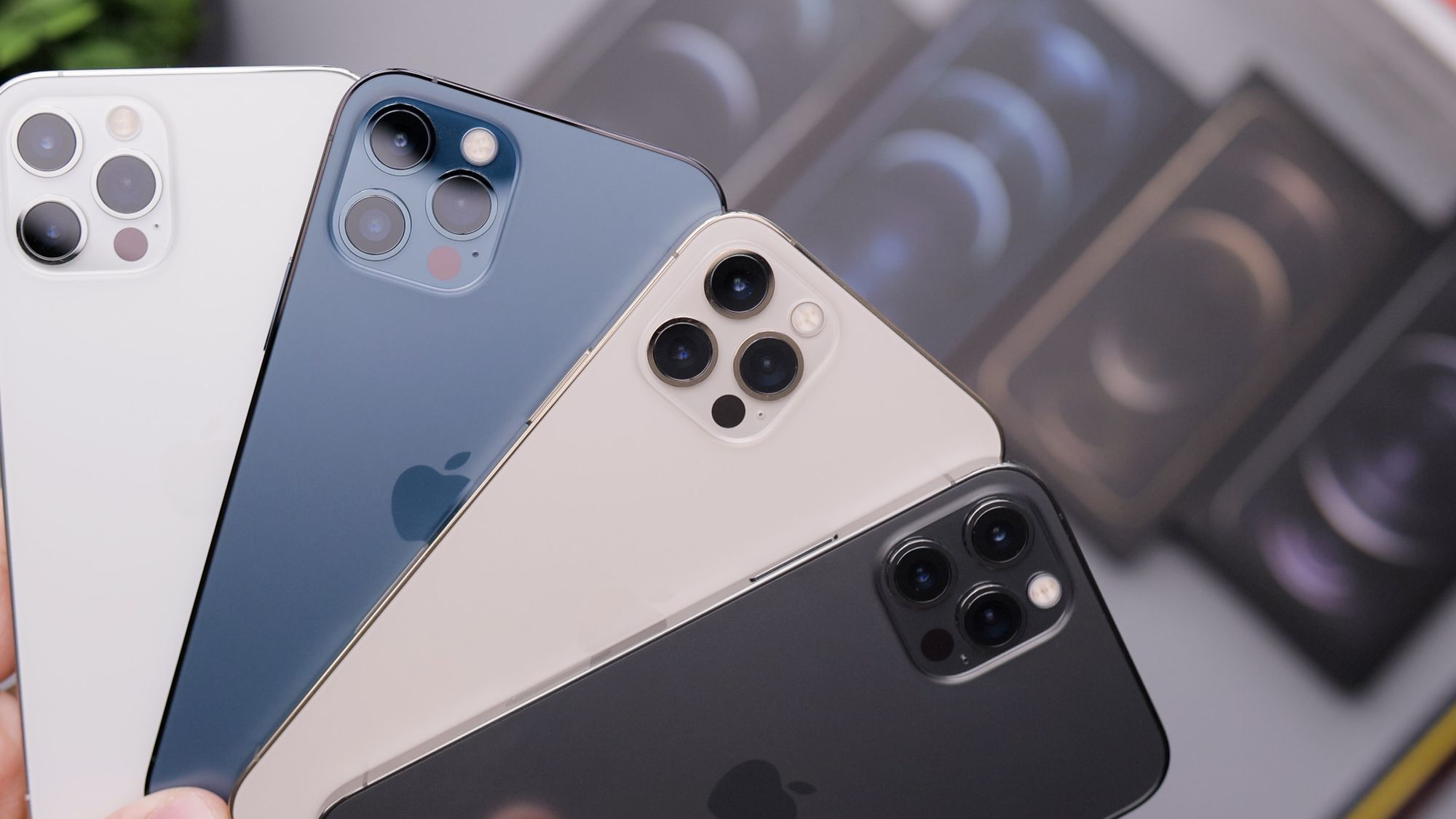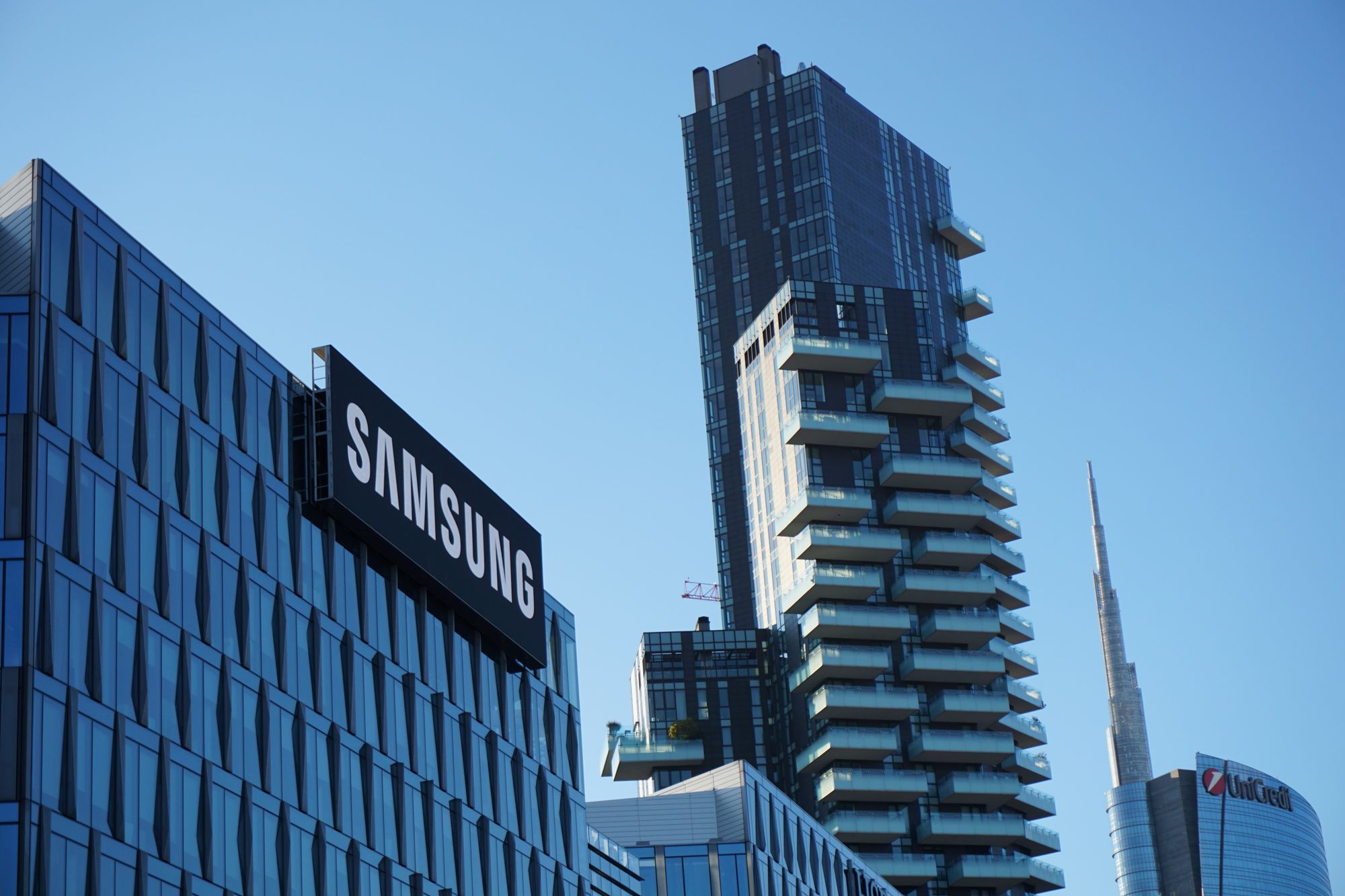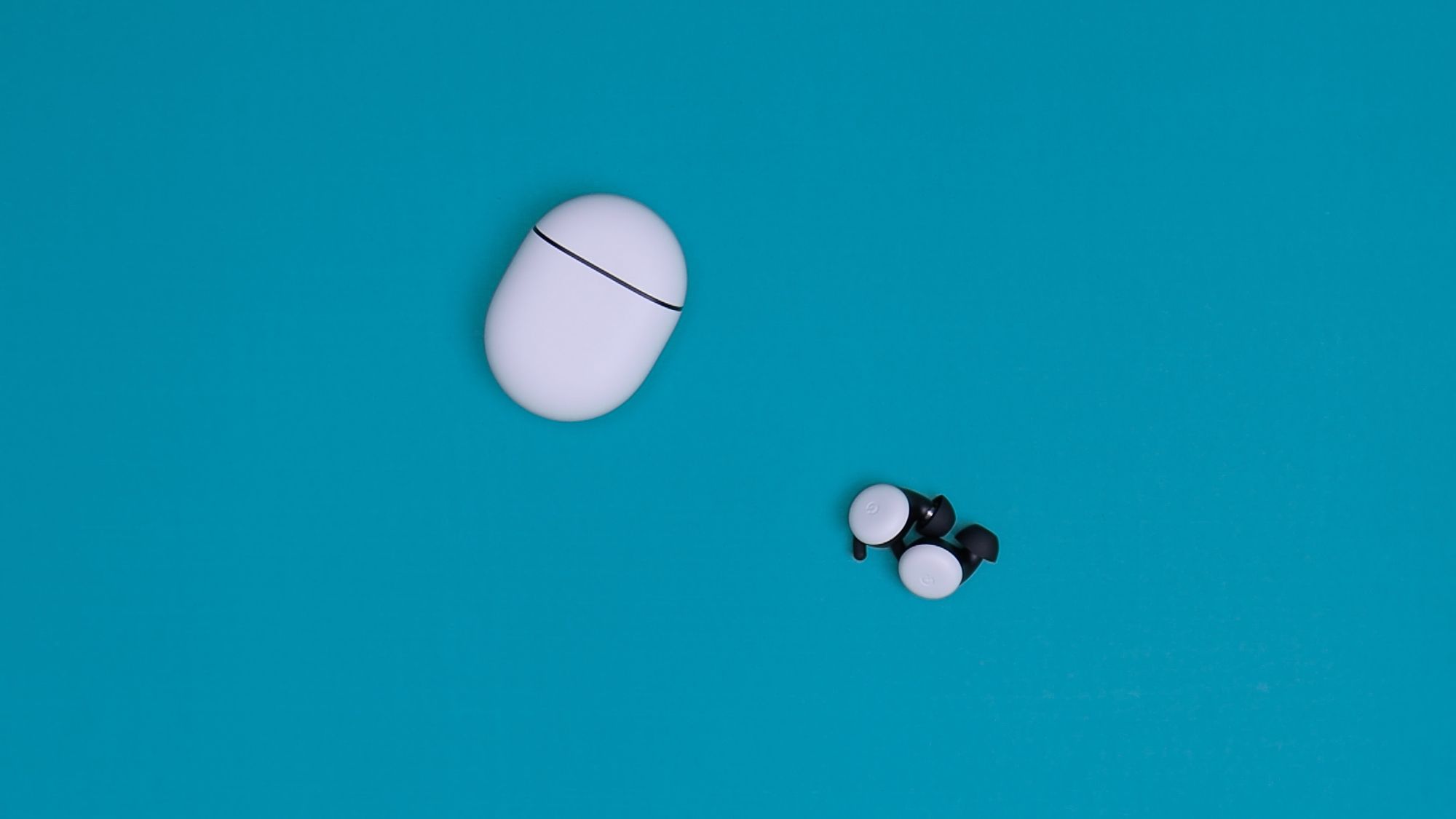NASA's Curiosity Successfully Lands On Mars
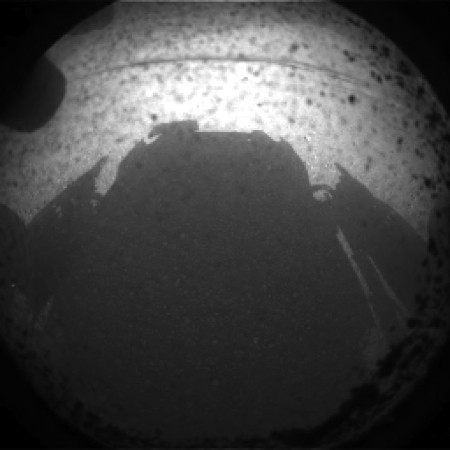
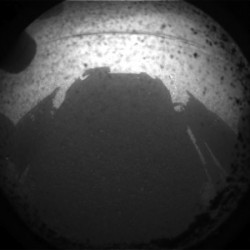 After 8 years of planning, 8 months since launching the rover into space, and the “seven minutes of terror,” NASA’s Curiosity rover has successfully landed onto Mars. At 11:31 PM PST (6:31 AM UTC/GMT) in the Jet Propulsion Laboratory in Pasadena, California, NASA had received the signal saying that Curiosity has successfully landed on the surface of Mars.
After 8 years of planning, 8 months since launching the rover into space, and the “seven minutes of terror,” NASA’s Curiosity rover has successfully landed onto Mars. At 11:31 PM PST (6:31 AM UTC/GMT) in the Jet Propulsion Laboratory in Pasadena, California, NASA had received the signal saying that Curiosity has successfully landed on the surface of Mars.
Upon landing onto the surface of Mars, the capsule containing Curiosity plunged into the planet at a rate of 13,200 miles per hour with its heat-shield reaching 3,800 degrees Fahrenheit. When the capsule was 7 miles from the surface of Mars, the capsule deployed its “supersonic parachute” and when the rover was 65 feet from the surface of mars, the sky crane lowered the rover to a 96-mile-wide (154-kilometer-wide) Gale Crater of Mars with three cables. After the sky crane lowered the rover, the platform flew off to a safe distance away from the rover and crash landed, which was designed to do (so don’t worry). At 11:31 PM PST (6:31 AM UTC/GMT), NASA received the signal that the rover successfully landed onto the surface.

Though at 11:31 PM PST (6:31 AM UTC/GMT), NASA received the signal, it takes about 14 minutes for NASA to receive the signal from the rover (speak of horrible lag times).
Flowing the signal that Curiosity had successfully landed on Mars, at 11:39 PM PST (6:39 AM UTC/GMT), the rover sent the first image of the surface of Mars, which was a 64 by 64 pixel image snapshot with a “dust cover” to protect the lens from the dust caused by the landing. Following the first image, a higher resolution was received showing more detail of the surface.
During the landing of the Curiosity, the rover was out of Earth direct line of sight, so NASA’s Mars Odyssey and Mars Reconnaissance Orbiter, and the European Space Agency’s Mars Express monitored the signals being sent from the rover. Though all three probes were relaying the signals, NASA’s Odyssey was the only one to immediately send signals back to Earth.
Curiosity is a 1 ton (2,000lbs/900kg) nuclear powered self-sustaining science lab designed to take samples of the surface of Mars to determine if there is sign of habitability on Mars. During the first two-years of its initial mission, the rover will drill into the surface of Mars, take a sample, and shoot lasers into the rocks to figure out what minerals and elements they contain. The rover will also take samples of the planet’s atmosphere for signs of possible life forms right now.
The entire project costed $2.5 billion dollars, which, NASA pointed out, would roughly cost $7 per US citizen.

